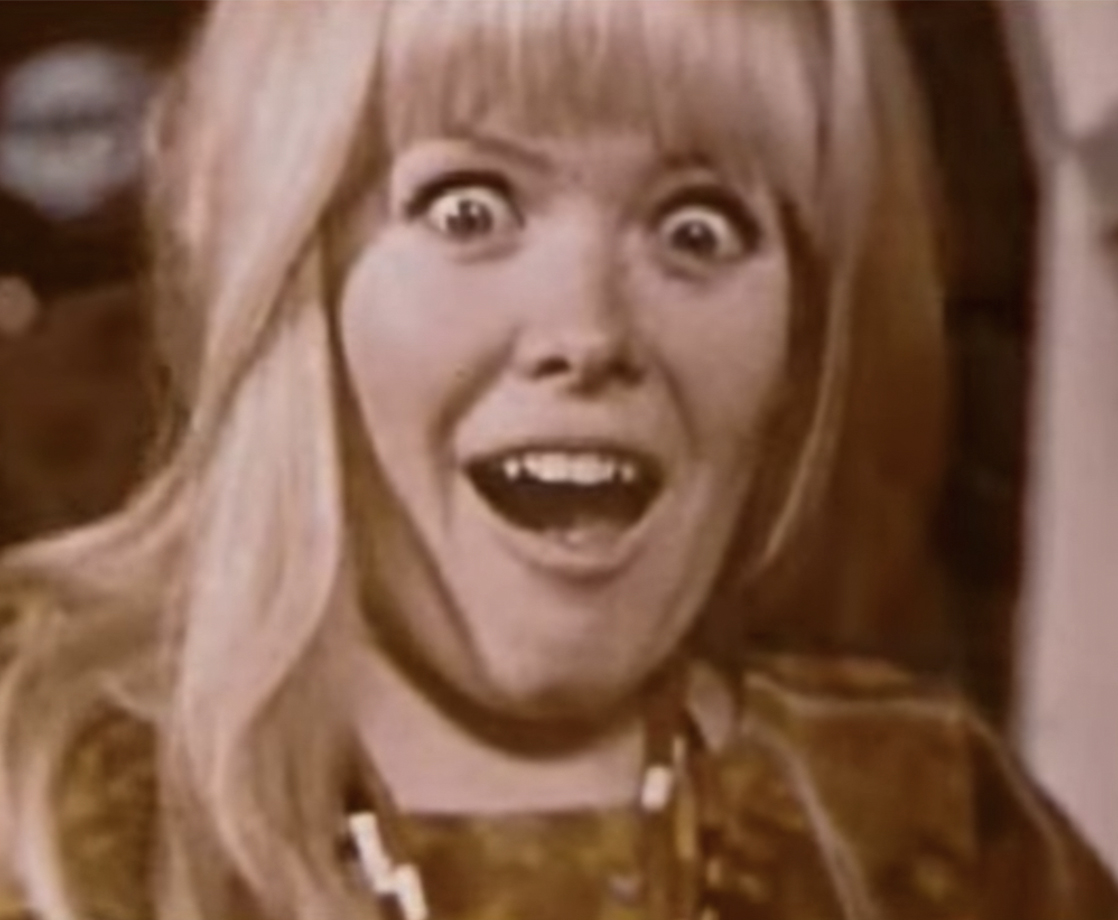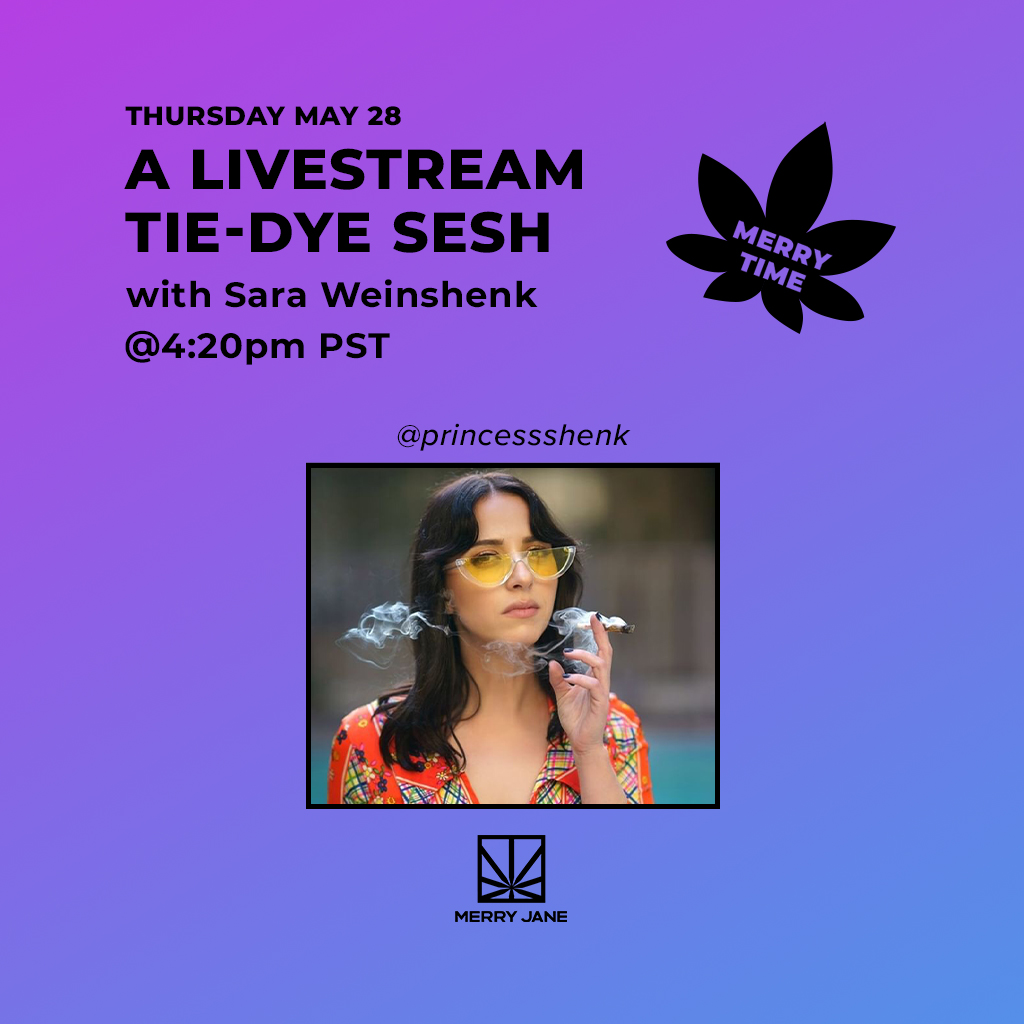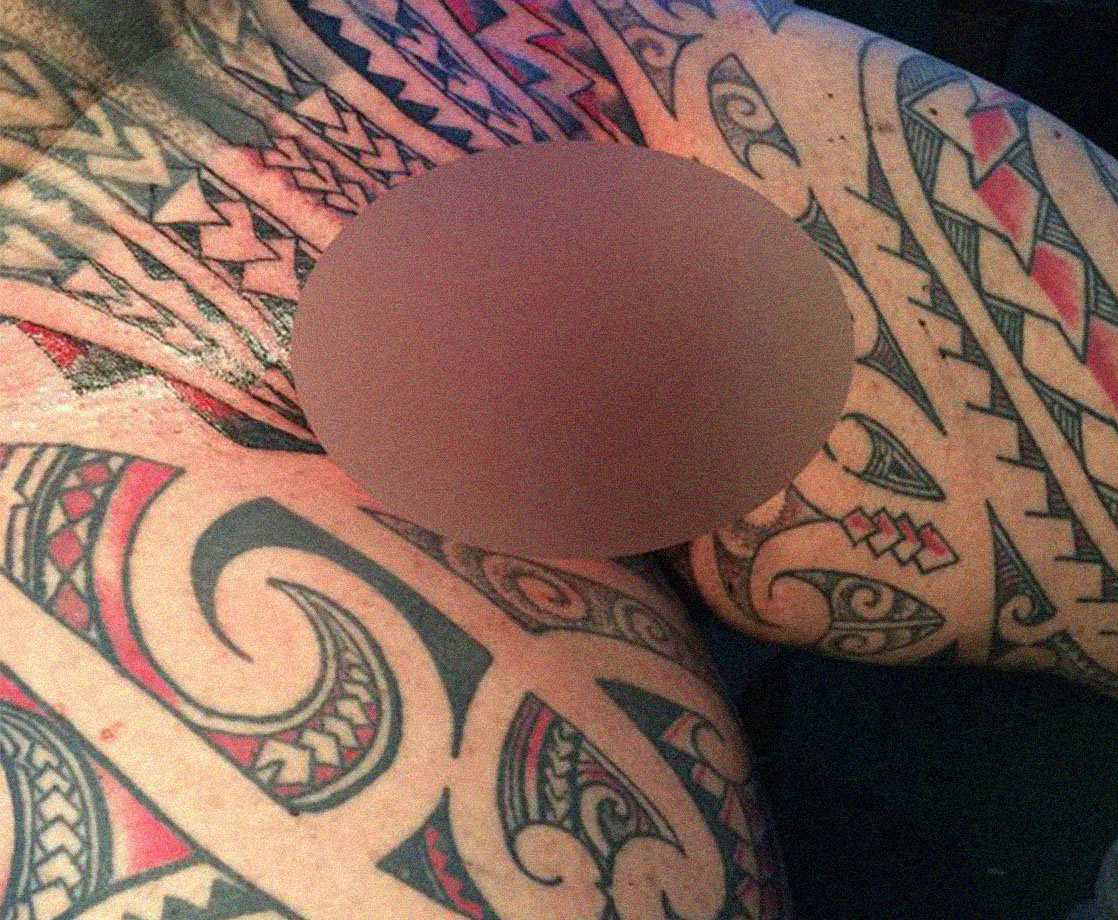Anti-drug propaganda films come in many shapes and colors, most often “bloated and sepia.” Case Study: LSD, from 1969, looks like it was filmed through a psychedelic tapestry made of corduroy. It’s an educational film meant to inform the curious as to what the effects of a groovy drug like acid actually are, but the short is less about education and more personal anecdote. The result is something between a drunken rant, a bad episode of The Moth, and, like, a voicemail from a wrong number? It is, without a doubt, one of the strangest attempts to control the narrative around drug use during an era in which experimentation was not just rapidly increasing, but culturally encouraged.
The film is structured as a type of parable, chronicling the horrific night a young girl first tries LSD and attempts to visit a hot dog stand. If this sounds like the pitch to a Seth Rogan film, it’s because it might as well be. Case Study: LSD tells the “story” of an 18-year-old girl (who looks more like a hard 35) as she decides to try dropping acid for the first time. The tale begins after she arrives at a friend’s house already “blitzed out of her mind” on pot, subtly reinforcing the decade-long theory that marijuana is a gateway drug (a claim oft-challenged but never fully rebuked). The girl takes the acid, and waits for something to announce the high’s arrival — “a flash, or a rush, or whatever,” she says. After waiting around for long enough, she and her friend decide to leave the house for a bit. “I go over to my dresser and put on a pair of pink capris, and a green and brown blouse — I thought the colors were beautiful,” she says, finding a way to blend together the voice of a fashion blog and a police testimonial.
This minutia serves as a bit of a red herring as we enter the real meat of her story. She and her friend head down to Market Street, setting the story squarely in San Francisco, the site of the Summer of Love just two years prior, and each get a hot dog. “I put the hot dog up to my mouth,” she recalls as the film transforms into clipped photos edited together with increasing jaggedness, “and somebody started screaming.” The footage begins to melt into a liquid gold texture, the images of our nameless heroine superimposed on a barrage of psychedelic visuals as she begins an emotional battle with a literal hot dog.
“I got the hot dog up to my mouth again and I was ready to bite,” she recalls in monotone, “and the scream got louder.” As the story progresses, we move deeper into the trenches of her psyche — “I thought to myself, no, it couldn’t be”— as she grapples with, I guess, tripping out and seeing a troll doll’s face in her hot dog. This eventually leads to a vicious finale where she stomps on the hot dog in a fit of blind rage and post-traumatic stress.

Case Study: LSD is a certifiable batshit film that could never convince anyone in their right mind that its intentions were to educate, with absolutely zero information about the drug’s properties. The short was released in 1969, part of a four-film series that included Case Study: Amphetamines, where a guy becomes addicted to diet pills (read: speed) and begins taking apart radios; Case Study: Barbiturates, where a young male finds that getting high off weed just doesn’t do the trick like it used to, and turns to “red devils” in order to achieve a looser high. And then there’s Case Study: Heroin, where — OK, that one is sincerely fucked up and scary, but unfortunately the film does a bad job of making the kids look like losers; their black turtlenecks and Lennon-round sunglasses had me desperate to chill with them, even if I wasn’t planning on offering up my vein.
The Case Study shorts were released as an educational film series that traveled around the country during what would become the earliest stages of the culture wars. They were officially labeled as documentary films, featuring supposed true stories meant to wean the early-teen sect off their interests in drugs, though just how real the experiences were remains up for debate. The shorts featured an introductory narration by none other than Sonny Bono, who is no stranger to lending his talents to the anti-drug movement.

Of the four films, LSD is undoubtedly the most insane as it, again, features a woman’s psychotic break at the hands of a hot dog. But these films, for all their heinous glory, were produced by none other than the Lockheed Corporation, which, at the time, was one of our country’s largest defense contractors, and a pillar of our growing military industrial complex. Think of them as your parents’ Blackwater. In 1969, during the first year of Richard Nixon’s presidency, after borrowing over $400 million from a squad of banks, only to continue declaring multi-million dollar loses, the Nixon administration proposed and passed an additional $250 million loan guarantee for Lockheed, passing the debt onto who else but the taxpayer.
As the 1970s wore on, Lockheed would go on to buyout Martin Marietta, another defense contractor, eventually merging into Lockheed-Martin and becoming arguably the most prominent manufacturers of airplanes during American wartime. Haven’t heard of them? Those are their planes you see in old war-time footage, unceremoniously dropping American bombs on a litany of Vietnamese villages.
Of Nixon’s many well-documented paranoias, one of his biggest “enemies” was the radical left, most of whom became the focus of his ire through the development of drug policy meant, above all else, to delegitimize their standing in the culture. These “educational films,” which proliferated as the 1970s wore on, were more of an attempt to alter the public’s perception of the anti-war hippies Nixon had come to loathe.

Case Study bears all the quick hallmarks of a film attempting to frame a growing counterculture as intellectually lithe, and Nixon leaned on the manufacturers of war goods to help turn the country’s opinion of the anti-war movement. What would follow is much more complicated. Not just a war that would go on for another seven years, but an eerie premonition of things to come. When Lockheed was granted that additional $250 million, it was a move meant to solidify their standing, a taxpayer-funded dare that deemed them officially too big to fail, a turn of phrase echoed some some-nearly forty years later. America’s relationship with drugs and war, with the people in power and the people presided over, is a long and grueling history. For now, there are just choice images: Vietnamese women and children running scarred traumatized and screaming, like a woman who saw a face in her food.
Follow Rod Bastanmher on Twitter











